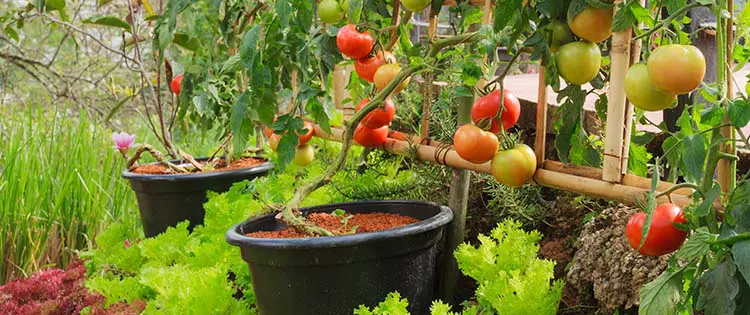Historically, August is the last month of summer. Please note, I say historically in the sense that the calendar states fall begins in September. Personally, I think fall may begin sometime in December, these days.
Still, some of you are just beginning to feel the touch of cooler weather. Good for you! As your ever-chipper author and guide, I can say that I am entirely jealous of you. The thing is, your growing season is almost over, too. Some of you will be wondering what that means, what to do, and how best to start winding down your gardening days!
Well, never fear. I’m here to help you through this strange time of the year. This is what you should do with your garden before summer is over. Let’s get started.
Eat The Heat
As summer begins to wind down, you’ll see more nightshades bursting with flavor than ever before. This is especially true if you live in the cooler areas of the country. Indeed, your tomatoes and peppers should be really, really exploding right now.
You’ve already picked them all?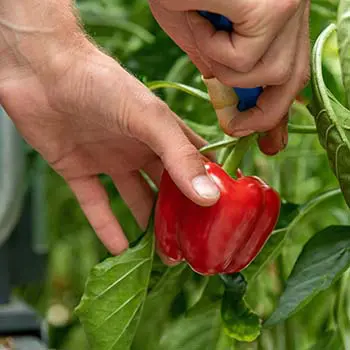
What?
Noooo!
That’s okay. I know that you’ve taken steps to preserve some of your harvests. Good job! I’m proud of you. Next year, leave your nightshades on the vine (or plant) as long as you possibly can. The heat and extra sun really get these little plants cookin’.
Now, if you do still have produce on the vine (or plant), now’s the time to start bringing it in as fast as you can. In fact, you’ll see more hornworms and other pests as the heat starts to die off. Why? Because these little plant-eaters are desperate for calories to survive the colder months and complete transformations. That doesn’t mean you need to run out and pick 3 acres of hot peppers right this second, but it does mean that you need to have a plan and get a move on.
If your peppers and tomatoes are fresh from the garden, they’ll be the best you’ve ever had right from the very end of July and throughout August. The extra hot days really bring these vegetables to their peak and the spice level from your hot peppers will be out of this world.
So what do we suggest doing? Eat the spicy peppers, and the tomatoes, and enjoy cool watermelon spritzers for dessert.
Can Not
This may go against the grain compared to other gardening journals, but stick with me. We don’t like to can in August in most areas of the country.
Why is that?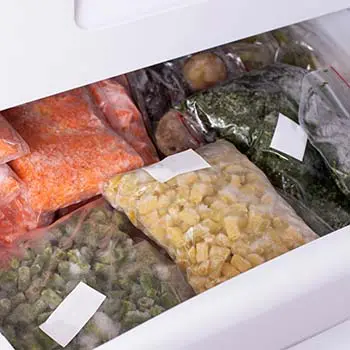
Let’s say that you’re canning spaghetti sauce for the rest of the year. You really want that peak tomato flavor so you’ve prepared them and you’re getting ready to… steam up your kitchen.
No, no. Rethink this. You really do not want to do this to yourself. It’s already hot outside, friends. Why make it hot inside, too?
Flash freeze the things you’ll want to can and yes, this includes everything from fruits for jams and jellies to every typical canned vegetable known to mankind! Get a chest freezer if you can, chop it all up, and vacuum seal the bags. There are very few foods that go in a can that cannot be frozen. Then toss them all in and let them sit until your house is cooler. The last thing you want to do is to heat your home up even more than it already is.
Canning will do that.
Save the canning and preserves until the weather really starts to turn. Then, you’ll save a little on your heating bill and you’ll be far more comfortable.
If you absolutely must preserve food during these warm times, we recommend doing it late at night or first thing in the morning; that way the air conditioner has time to deal with the excess heat in the house before the sun warms things up too much. But, if you can wait, I can’t recommend it enough. You’ll be far more comfortable and so will everyone else.
The Tilling Times
Perhaps you’re enjoying a great deal of beautiful, if somewhat useless, spent green crops. You live in an area where winter comes fast and hard and you’re expecting to see snow maybe as early as October.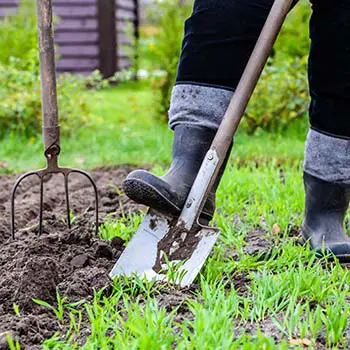
In that case, it’s time to start tilling your plants under now. Once they’ve finished with their bounty for the year, there is no reason to continue letting them leech nutrients and water from your soil.
The better idea is to till them under, thank them for their hard work and their food, and then start planting microgreens and salad greens over them. While these tender greens usually don’t freeze well (spinach and kale not included), these late summer salads pack a huge nutritional punch up to help prevent colds and other vitamin C-based health boosters as those close-spreading diseases start to wander in and take hold for the cooler weather.
Think you may have a little more time? Go ahead and plant another round of peas or beans. Bluntly, you can never have too many of those waiting around to be canned or frozen and they’re so fast to mature and spread that you’re very likely to not only offer the bees some last-minute stores when they’re fertilizing your food but several pounds of legumes available for you and your family, too.
Final Thoughts
As the sun begins to tuck in for earlier nights and our air conditioning bills aren’t quite as through the moon as they have been, settle back and enjoy the hot season coming to a close and your garden resting after such a long growing season. Feel free to tell us in the comments below what your plans are for the fall planting season if you have any. And remember, there’s nothing wrong with allowing a plot to rest for a season or two before you get back to digging through that gorgeous dark earth and making things grow.
As always, we wish you Happy Gardening and look forward to seeing you in cooler weather!
You may also like:
Water Ban: How To Keep Your Garden Growing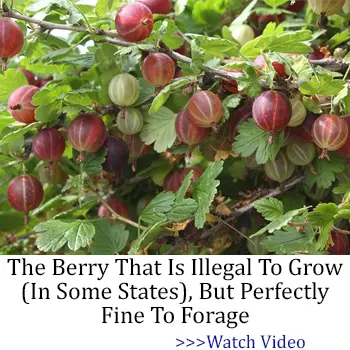
If You See This Plant in Your Backyard, Burn It Immediately! (Video)
21 Gardening Items You Should Get From the Dollar Store

